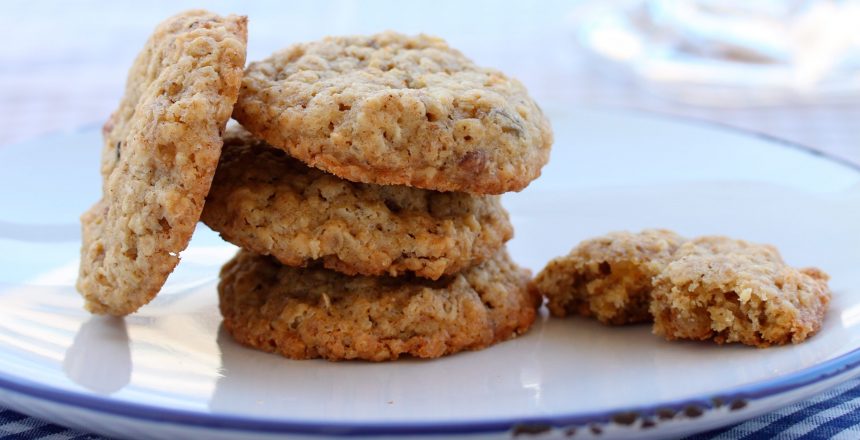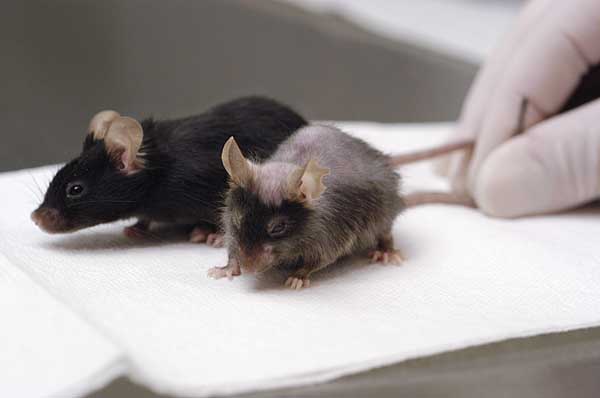Intermittent fasting has been shown to have many health benefits, including prevention of heart disease and brain diseases, and likely cancer as well.[1]
Intermittent fasting is the practice of going without food for some longer-than-normal time period. For example, if you normally don’t eat for 12 hours overnight, then extending that time to 16 hours is intermittent fasting.
Generally, the benefits of fasting don’t kick in until you’ve gone at least 16 hours without food, and the longer the fast, the more benefits there are.
(For more on how the length of fasting affects your results, see here.)
Time-restricted feeding
Time-restricted feeding is a similar concept, but the main difference is that time-restricted feeding is done daily.
Suppose you decided to do intermittent fasting 3 times a week, but the rest of the time you ate normally.
If you do time-restricted feeding, you would be eating within a “window” daily.
That window can be however long you want it to be, but in general, the shorter it is, the more health benefits you would get.
A study published in April of this year looked at 9-hour time-restricted feeding in men who were at high risk of type 2 diabetes.[2]
These men had a high waist size and were more or less sedentary.
The feeding window of 9 hours tells me (let me get out my calculator) that they did not eat for 15 hours a day. In reality, that’s barely restrictive at all; if you ate your evening meal at 6:00 P.M., and then didn’t eat anything until breakfast at 9:00 A.M. the next day, that’s 15 hours.
The men improved their glucose tolerance and fasting triglycerides, both of which mean that they decreased cardiovascular risk and risk of diabetes.
What’s novel about this study is that the men did two versions of time-restricted feeding, one was early, in which their window of eating was from 8 AM to 5 PM, the other was later, in which they ate from 12 PM to 9 PM.
Both conditions improved glucose tolerance.
That shows that it likely doesn’t matter what time of day you do time-restricted feeding to get health benefits.
It also shows that skipping breakfast doesn’t do any harm, as some recent sensational headlines have proposed.
Why does time-restricted feeding work?
It’s for the same reason that eating the foods that Nature intended you to eat keep you healthy.
Nature not only intended for us to eat a certain way, but also intended for us to eat at certain times, or in any case, not all the time.
These benefits occur even though people on time-restricted feeding eat the same number of calories and whether or not they lose weight.[3]
The more detailed reason is circadian rhythms. When we – or in the laboratory, mice – eat in such a way that circadian rhythms are reinforced, better health is the result.
Some people regularly practice time-restricted feeding of various lengths. Some might eat only from 12 PM to 6 PM, and a few practice what is known as OMAD – One Meal A Day. In OMAD, the feeding window may be only 30 minutes long – or even shorter, if they wolf down their food.
Contrast time-restricted feeding with the usual practice of most people today: grazing.
People eat at all hours, and every few hours. Some of them can’t help it, since the high-carb junk food diet makes people hungry often.
Unfortunately, the practice of eating all the time has been recommended by health authorities for a while now. Even weight-loss diets feature “snacks”, so you don’t have to go without food for more than a few hours.
Snacking, like grazing, should have no part in a healthy diet/lifestyle.
On a lower-carb diet composed of whole, minimally processed foods, hunger doesn’t strike every few hours. So, time-restricted feeding is a lot easier.
Back in the bad old days when I ate a high-carb diet, I ate by the clock. I had to, because I got hungry regularly. When I switched to the way I eat now, I would sometimes forget to eat.
Not so very long ago, when food had to be prepared and cooked, and families sat down to meals together, time-restricted feeding was easier. Now, with ready-to-eat food everywhere, it’s more difficult.
The lesson you should keep in mind here, whether you consciously restrict the time in which you eat, or not, is that it’s not normal to be eating constantly, and that if you do, that may affect your health for the worse.
Going without food for certain times of the day, and eating within defined times, is normal and healthy.
And if you eat healthy food, that becomes a lot easier.
P.S.: Discover the best way to implement intermittent fasting into your daily life with my free guide: Meal Timing for Fat Loss & High Performance
[1] Mattson, Mark P., and Ruiqian Wan. “Beneficial effects of intermittent fasting and caloric restriction on the cardiovascular and cerebrovascular systems.” The Journal of Nutritional Biochemistry 16.3 (2005): 129-137.
[2] Hutchison, Amy T., et al. “Time‐Restricted Feeding Improves Glucose Tolerance in Men at Risk for Type 2 Diabetes: A Randomized Crossover Trial.” Obesity (2019).
[3] Nagy, Erzsebet E., et al. “Effects of 6-weeks of Time-Restricted Feeding in Normal Weight Middle-Aged and Older Adults.” The FASEB Journal 33.1_supplement (2019): 590-2.














2 Comments
Slightly OT, but does this study change your mind on dairy consumption? I guess yogurt is still OK, but other than that, it seems that dairy consumption should be avoided https://www.ncbi.nlm.nih.gov/pmc/articles/PMC6317263/
https://www.outsideonline.com/2125031/what-happens-your-body-thru-hike?utm_medium=email&utm_campaign=Bodywork-05182019&utm_content=Bodywork-05182019+Version+A+CID_3271e2ee4fb3f2378479ef7b80260eab&utm_source=campaignmonitor%20outsidemagazine&utm_term=READ%20MORE